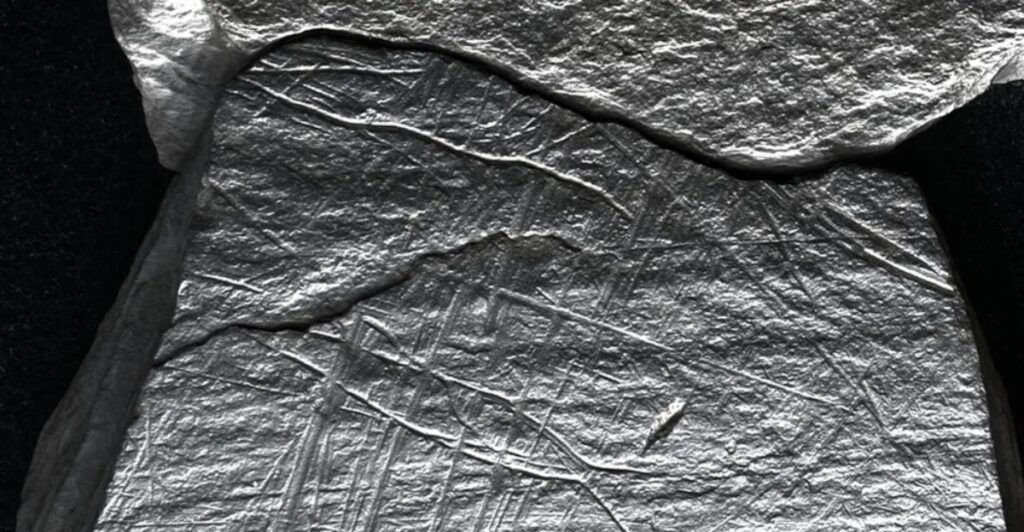
In Gönnersdorf, Germany, archaeologists uncovered ancient writings that could depict early images of a crucial part of their lives – fishing. At a paleolithic site, archaeologists unearthed 15,800-year-old engraved plaquettes.
Artifacts By The River

These artifacts near the Rhine River feature intricate carvings depicting fish and grid-like patterns. Although extremely primitive, researchers believe these patterns represent nets or traps, shedding light on the practices of Ice Age hunter-gatherers.
Visual Evidence

Lead author Jérôme Robitaille told Newsweek, “This study provides the first unambiguous visual evidence of fishing nets in European prehistory, based on the engraved motifs of fish within grid-like patterns.”
Importance Of Fishing

The discovery sheds light on how important fishing was in the community’s diet and social structure during the late Ice Age. They relied on these fishing tactics to provide enough sustenance as an alternate food source for hunting.
Enhancing The Details
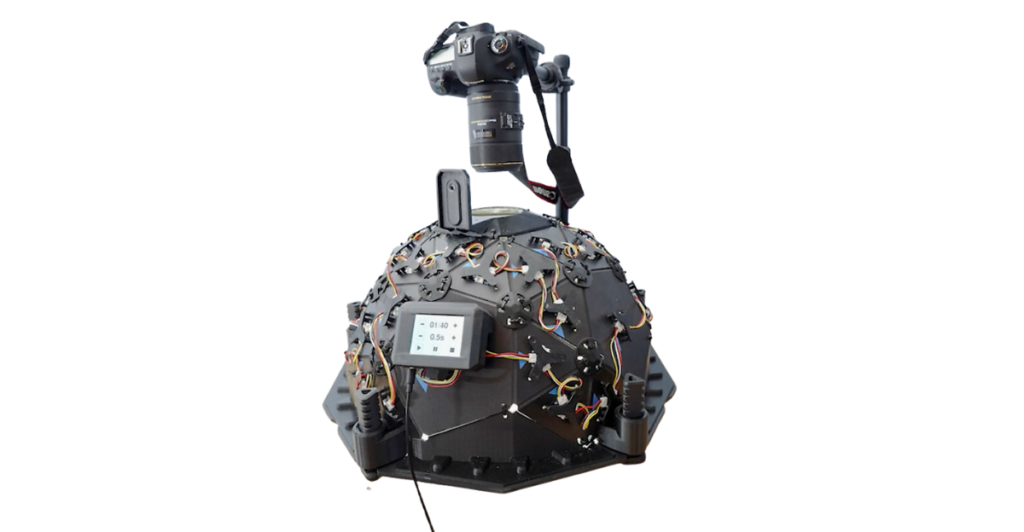
The engravings were studied using Reflection Transformation Imaging (RTI) to obtain a clearer image of the artifacts. This method enhances the visibility of details on the artifacts, meaning that archaeologists can make a much more informed decision about what they are looking at.
New Perspectives

Thanks to RTI, elements were much more apparent. These elements offered new perspectives on the importance of fishing and artistic expression during this period.
Broader Implications of the Findings

This discovery contests earlier assumptions about Magdalenian diets. This evidence is enough to lead researchers to believe that fishing was much more prevalent than earlier believed.
Early Ingenuity

The Find highlights these communities’ adaptability and technological ingenuity in exploiting aquatic resources. Additionally, the engravings contribute to a larger narrative about how prehistoric art functioned as decoration and as a means to convey essential aspects of daily life, survival, and social organization.
Insights

This particular study focused on analyzing these carvings’ cultural and environmental context, providing insights into how Paleolithic communities may have viewed and interacted with their surroundings.
A Blending Of Elements
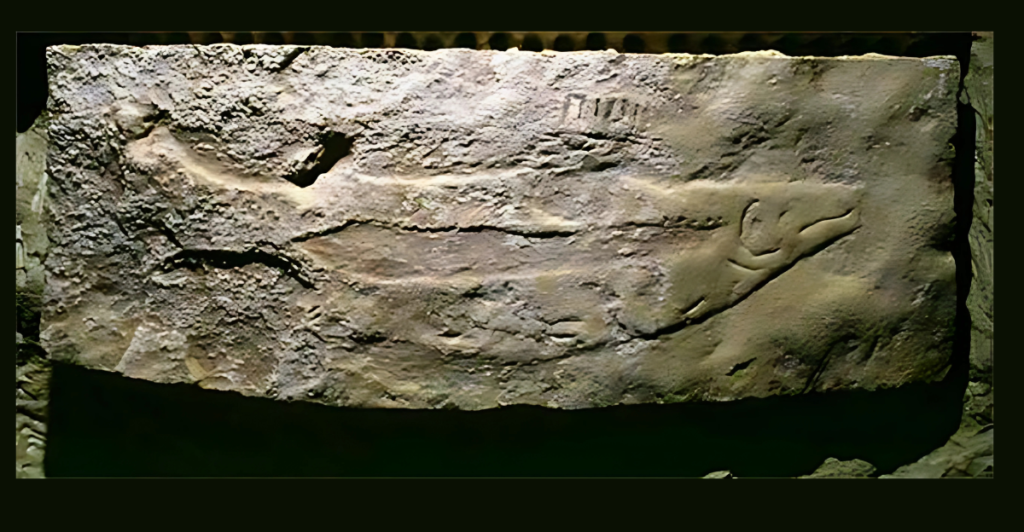
The engravings’ combination of artistic and utilitarian elements reflects a complex interplay of survival strategies and cultural expression. The artist’s simplistic impression perfectly portrays what’s happening in the scene.
A Rich Research Site
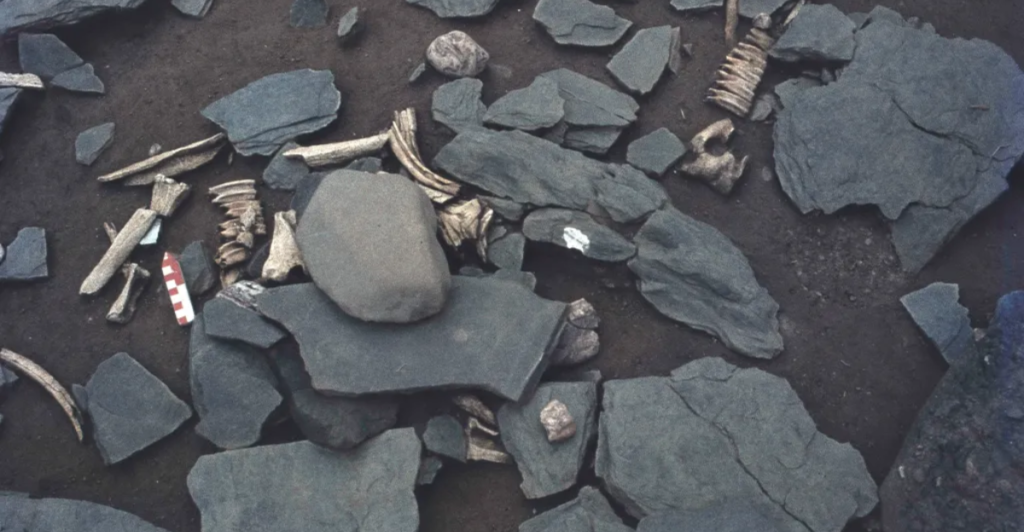
This isn’t the first time an artifact has been found at the paleolithic site. The Gönnersdorf site has been a rich source of archaeological finds, with over 400 engraved plaquettes discovered to date. These give a great insight into our ancient relatives’ lives.
A Connection
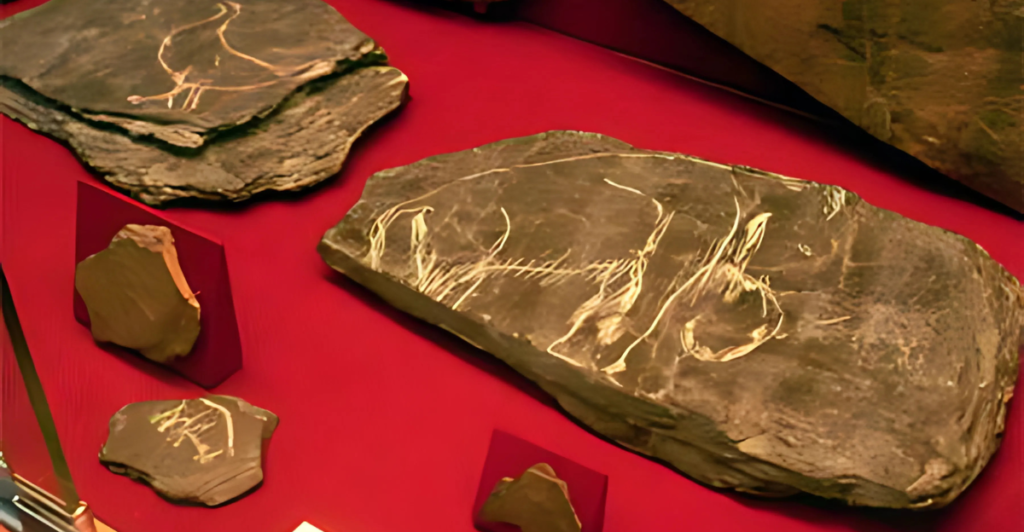
The findings also enrich our understanding of how these Ice Age societies interacted with their environments. By representing fishing in their artwork, these ancient people showed a connection to their surroundings, which means they were more refined than previously thought.
More Than Just Survival
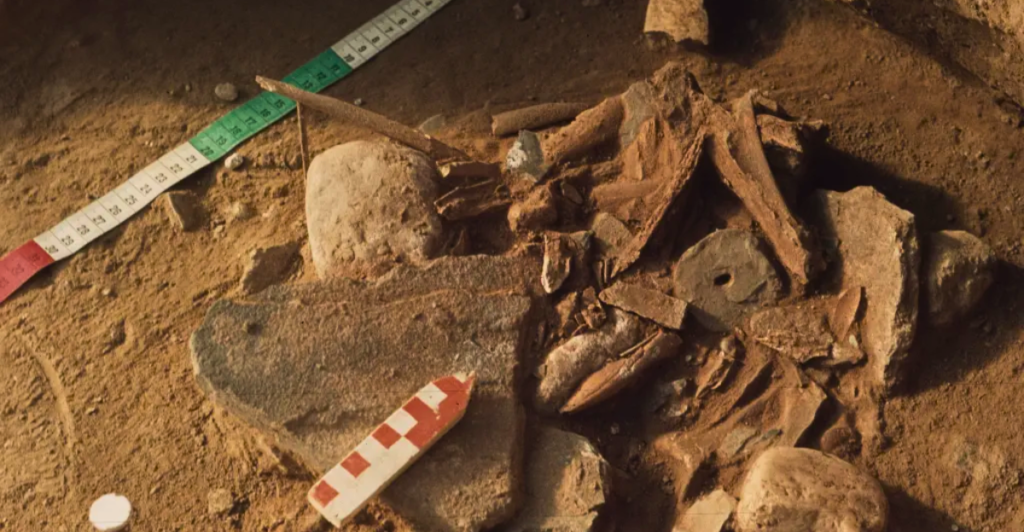
These insights shed light on a pivotal era in human history, where survival and cultural expression intertwined, leaving a legacy etched in stone for modern researchers to uncover. The research adds a vital chapter to the story of early human ingenuity and adaptation.
Source:
Stay connected with us for more stories like this! Follow us to get the latest updates or hit the Follow button at the top of this article, and let us know what you think by leaving your feedback below. We’d love to hear from you!







